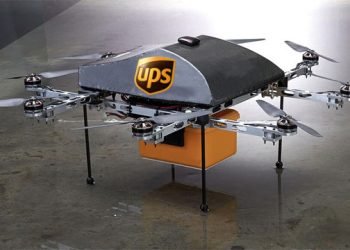By Maria Kalamatas | May 16, 2025
Rotterdam —
Inside the warehouse, machines don’t wait for instructions anymore.
They anticipate. They reorganize. They make decisions.
In 2025, artificial intelligence in logistics isn’t a pilot project. It’s the engine behind some of the most efficient supply chains on the planet. Across hubs in Europe, Asia, and North America, warehouses are becoming self-tuning systems—quietly transforming the way goods are handled.
“It’s no longer about automation,” said a logistics floor manager in Rotterdam. “It’s about awareness. The system reacts before we do.”
AI now controls more than conveyor belts. It maps incoming volumes, reroutes picking orders in real time, and reshuffles shelves based on what’s moving—and what isn’t. The system watches, learns, and adapts.
Some warehouses adjust layout configurations daily. Others optimize forklift paths every hour. In one case, a cold storage facility preemptively cleared space for a delayed shipment—before the airline confirmed it.
The magic isn’t just in the hardware. It’s in the learning loops. Data from sales, weather, customs delays, even social trends feed the AI systems. And in return, they reduce waste, cut idle time, and improve throughput without needing more space.
Not everyone’s there yet. Many smaller operators still rely on traditional warehouse management. But the gap is growing—fast. Those who adapt early are seeing gains in speed, labor use, and client satisfaction.
Warehousing used to be about boxes and shelves. Today, it’s about foresight.
And tomorrow’s winners will be the ones who teach their warehouses to think.





















